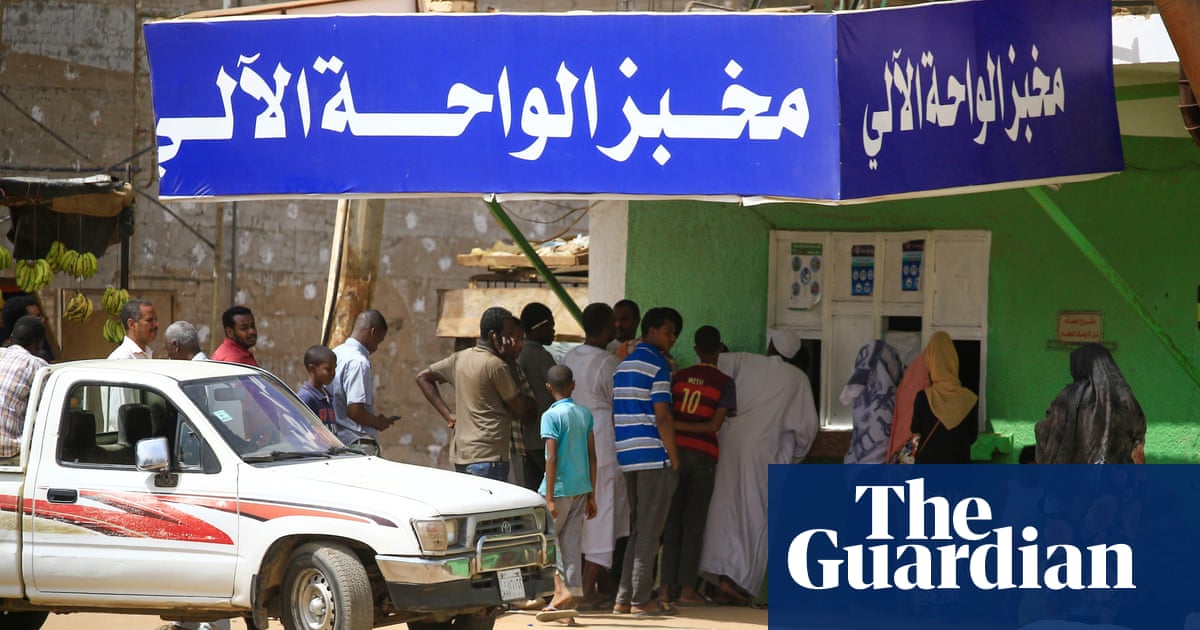
Urgent action is needed to prevent record debt repayments by the world’s poorest countries developing into a full-blown crisis, the World Bank has warned.
The Washington-based multilateral body said the escalating cost of servicing past borrowing caused by rising interest rates was siphoning money away from spending on health, education and tackling the climate crisis.
The Bank sounded the alarm in its latest International Debt Report, which showed the sharpest rise in global borrowing costs in four decades had pushed payments on the external debts of all developing countries to $443.5bn in 2022.
“Record debt levels and high interest rates have set many countries on a path to crisis,” said Indermit Gill, the World Bank Group’s chief economist and senior vice-president.
“Every quarter that interest rates stay high results in more developing countries becoming distressed – and facing the difficult choice of servicing their public debts or investing in public health, education, and infrastructure. The situation warrants quick and coordinated action by debtor governments, private and official creditors, and multilateral financial institutions – more transparency, better debt sustainability tools, and swifter restructuring arrangements. The alternative is another lost decade.’’
After a prolonged period of low interest rates, the US Federal Reserve and other central banks have responded to higher inflation by raising rates.
The World Bank said this had intensified debt vulnerabilities for low income and middle income countries. In the past three years alone there have been 18 sovereign defaults in 10 developing countries – greater than the number recorded in all of the previous two decades, while about 60% of low-income countries are at high risk of debt distress or already in it.
Debt campaigners have said the situation requires a comprehensive strategy for easing the financial burdens of poor countries on the scale of the initiatives produced in the late 1990s and early 2000s.
The Bank said debt was a particular problem for the 75 low income countries eligible for low interest rate loans and grants from its International Development Association (IDA). Debt service payments for this group of countries reached a record $88.9bn in 2022 after a quadrupling of interest payments in the past decade. Overall debt-servicing costs for the 24 poorest countries are expected to balloon in 2023 and 2024 – by as much as 39%, the report found.
Flows of private finance had dried up, Gill said. “This report makes it clear who has – and who has not – thrown a lifeline to countries struggling to meet key development objectives. As interest rates climbed in advanced economies, private creditors followed the money in 2022: they largely withdrew from developing countries, pulling out $185bn more in principal repayments than they disbursed in loans. That marked the first time since 2015 that they have withdrawn more funds than they put into developing countries.”
He added: “Today, one of every four developing countries is effectively priced out of international capital markets. For the poorest countries, debt has become a nearly paralysing burden: 28 countries eligible to borrow from the IDA are now at high risk of debt distress. Eleven are in distress. These developments constitute a grave danger to prospects for progress on global development goals.”
Many of the lowest-income countries faced an extra burden – the accumulated principal, interest, and fees they incurred for the privilege of debt-service suspension under the G20’s Debt Service Suspension Initiative, which was announced during the height of the Covid-19 pandemic in 2020.
The Bank said vulnerable countries already struggling to keep up their payments could be pushed over the edge by a further rise in interest rates or sharp drop in export earnings.











